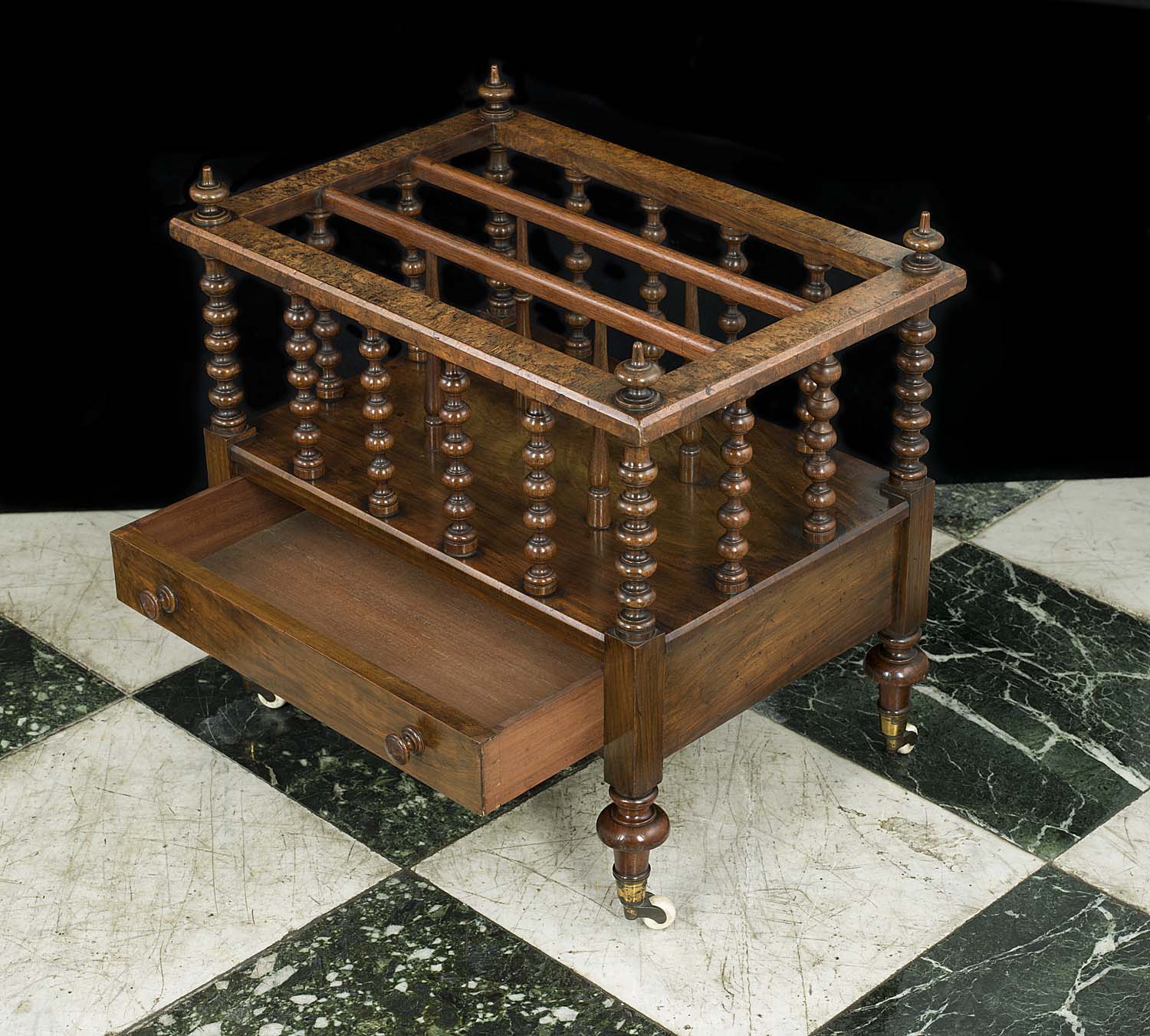Buying antique furniture is a wonderful way to inject some energy into your home.
Westland London stocks exceptional antique furniture and has experts on site to help you pick an item you will love for many years to come.
But if you are shopping for a new piece in a flea market, online or at another store, then you need to know how to spot an antique gem.
Here is everything to look out for when buying antique furniture:

1. Check the construction
If you’re buying antique furniture, you will want to know how the piece is held together.
You should be looking for signs of quality craftsmanship.
Open any drawers and check the sides for dovetail joints. If you can't see any then that suggests the piece is held together by the modern technique of nails and glue.
If you can see dovetailing, that suggests the piece may be handmade.
However, if the joints look too perfect then the piece may be machine-made. Slight irregularities in the fittings are a promising sign.
Make sure the frame is rigid and solidly made. For example, if a chair wobbles, the joints may need to be re-glued or repaired.
2. Look for damage
Unfortunately, time and poor care can lead to an antique being damaged.
You should thoroughly inspect your piece before handing over your cash.
Firstly, check your antique has everything it should. Are there any drawers missing? Is there a gap which should have something in it?
Your next task is going over your product carefully.
Different types of furniture wear down in different places. For example, heavier items may have been dragged rather than lifted through the years. They may also have been standing in damp conditions, which can cause the legs and feet to rot.
This could cause strain or damage to the furniture, so get down and check the feet and underside of the piece. For more information about antique furniture and its feet, read our blog on how to date antique furniture by feet.
Check for signs of woodworm. If you see areas with small holes dotted around the piece, this is likely to be a sign of woodworm. Make sure that the item is treated before you take it in to your home, as it can spread to your other furniture!

3. Check for replacements
Ideally, when you’re buying antique furniture, you’re looking for a completely original piece.
That means no modern add-ons. It could be that an old bolt has been replaced with a newer one or a new drawer has been installed.
Have the handles been replaced?
Check carefully to see whether every piece is an original antique.
4. Look for a name
Throughout your inspection of the item, you should be checking for a label, stamp or signature.
If you're lucky enough to spot one you may be able to find out who made the piece.
You may also be able to delve a little more into its history. Information such as who, how, where and when can all be revealed with a good signature.
Check everywhere but particularly on the back and underside of drawers, behind the piece and the lower edges.
You may find something but labels and signatures can also be faked. Look out for a similar level of wear on the label, and feel the paper to see if there is any age to it.
Stamps and labels start to appear more widely on furniture from the 19th century, so don’t expect them on earlier pieces.
So if you believe the antique you are inspecting is older, you should bear that in mind.
5. Watch out for reproductions
The demand for antique furniture has seen plenty of fakes appear on the market - and sometimes they can look a lot like the real thing!
To be sure you’re buying genuine antique furniture and not a knock-off, you will need to get your magnifying glass out and do some real detective work.
Inspect the piece for wear and tear. If there's a little bit here and there, that could suggest an older piece.
You should also look for dirt in the corners of drawers which, again, indicate age.
6. Buying antique furniture online
A store such as Westland London gives you the chance to physically view your item at our Shoreditch showroom before making a purchase.
But more and more antique pieces are appearing online.
It is still possible to pick up a genuine item you will love but you should be more careful.
When buying antique furniture online, be sure to remember: